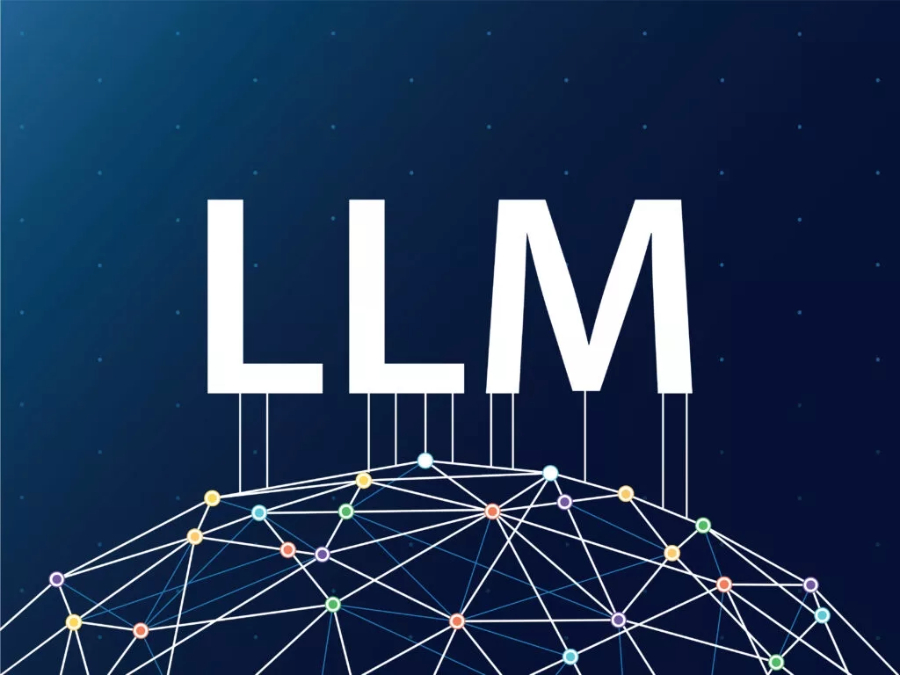Unleashing the Power of Large Language Models: A Deep Dive into the World of Advanced AI
In recent years, the field of artificial intelligence (AI) has witnessed a remarkable evolution, driven by breakthroughs in machine learning and neural network architectures. One of the most significant advancements in this domain is the development of large language models. These models, such as GPT-3.5, have garnered widespread attention for their ability to understand and generate human-like text. In this exploration, we delve into the intricacies of large language models, examining their architecture, applications, ethical considerations, and the impact they have on various industries.
Understanding Large Language Models
At the core of large language models is a sophisticated neural network architecture. These models are typically built on transformer architectures, which allow them to efficiently process and generate vast amounts of text data. The training process involves exposing the model to massive datasets, enabling it to learn complex patterns and relationships within the language.
The sheer size of these models is staggering, with billions of parameters that capture the nuances of syntax, semantics, and context. GPT-3.5, for instance, boasts 175 billion parameters, making it one of the largest language models to date. This immense scale contributes to the model’s capacity to understand and generate diverse and contextually relevant text across a wide range of topics.
Applications Across Industries
Large language models find applications in a myriad of industries, transforming the way businesses operate and enhancing user experiences. In the realm of natural language processing (NLP), these models excel in tasks such as language translation, sentiment analysis, and text summarization. Their ability to comprehend context allows them to generate coherent and contextually appropriate responses, making them valuable in chatbots and virtual assistants.
Moreover, large language models have made significant strides in content creation. From writing articles and blog posts to generating creative pieces of fiction, these models can mimic human-like writing styles with remarkable accuracy. This has implications for content marketing, journalism, and creative writing, where AI-generated content can supplement and even streamline the creative process.
In the field of healthcare, large language models contribute to data analysis, aiding in the interpretation of medical literature, and generating insights from patient records. This has the potential to accelerate medical research and improve diagnostic capabilities.
Ethical Considerations and Challenges
Despite their transformative potential, large language models raise ethical concerns and challenges. The immense computational resources required for training these models contribute to significant carbon footprints, prompting discussions about the environmental impact of AI research and development.
Bias in AI algorithms is another critical issue. Since these models learn from vast datasets that may contain inherent biases, there is a risk of perpetuating and amplifying societal prejudices. Ensuring fairness and mitigating bias in AI systems has become a focal point for researchers and developers working on large language models.
Additionally, the issue of accountability arises when these models generate content that is harmful, misleading, or unethical. Determining responsibility for AI-generated content is complex, as it is ultimately a result of the model’s training data and the patterns it has learned.
Real-world Impact and Adoption
The real-world impact of large language models is evident in their adoption by major technology companies. OpenAI’s GPT-3, for example, has found applications in platforms that offer natural language interfaces, content generation, and even code writing. These models are becoming integral components of various software and services, shaping the way users interact with technology.
In education, large language models are being employed as virtual tutors and aids, providing personalized learning experiences. Students can benefit from AI-generated content that adapts to their learning styles, offering a more tailored and effective educational journey.
The business sector is also embracing large language models for customer service automation. Chatbots powered by these models can understand and respond to customer queries with a level of sophistication that was previously unattainable. This enhances efficiency, reduces response times, and improves overall customer satisfaction.
Future Developments and Research Frontiers
As the capabilities of large language models continue to expand, researchers are exploring ways to enhance their performance and address existing challenges. Ongoing efforts focus on refining training methodologies, reducing computational requirements, and improving the interpretability of these models.
The integration of multimodal capabilities, combining text with other forms of data such as images and audio, represents a promising direction for future research. This could open up new possibilities for applications in fields like computer vision and audio processing, further broadening the impact of large language models.
Large language models represent a paradigm shift in artificial intelligence, enabling machines to understand and generate human-like text at an unprecedented scale. While their applications across industries hold immense potential, ethical considerations and challenges must be addressed to ensure responsible AI development. The evolving landscape of large language models heralds a future where machines and humans collaborate more seamlessly, transforming the way we communicate, create, and innovate.
Source

